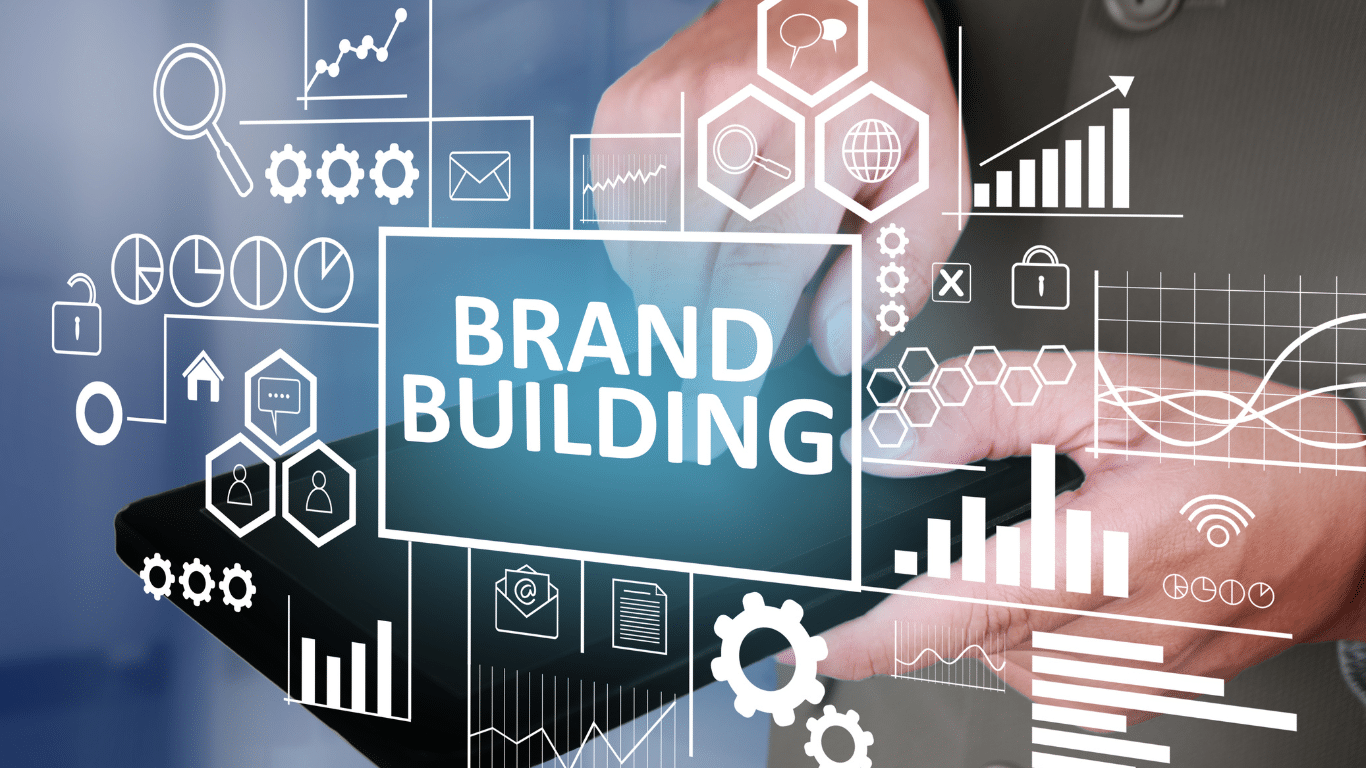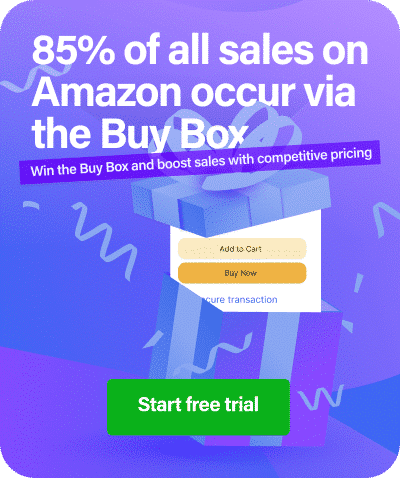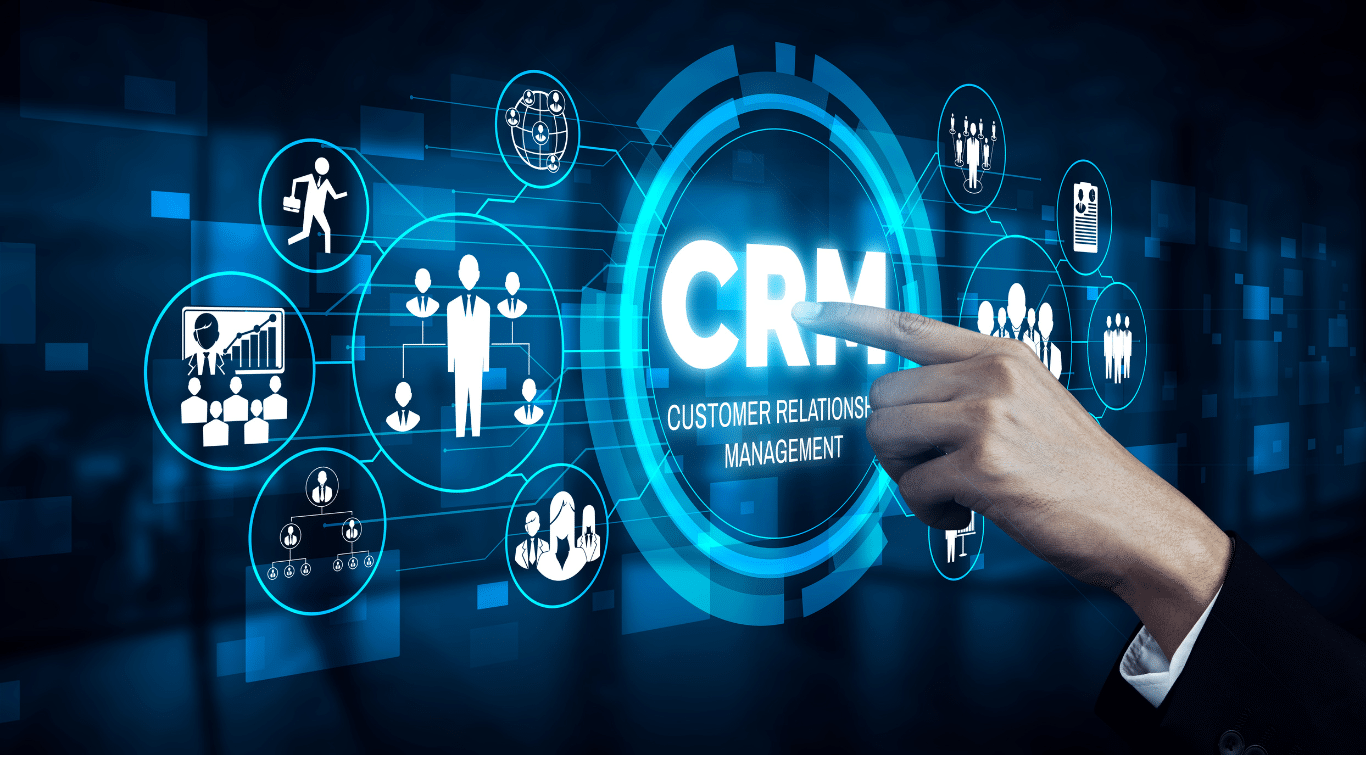Building a strong brand online doesn’t require a massive budget. Start with your mission statement, create a memorable logo using affordable tools, define your brand voice, and maintain consistency across all touchpoints. Focus on your target audience and unique value proposition to stand out.
So you’ve got a great product, but you’re just another face in the crowd of online sellers. Sound familiar? You’re not alone. Every day, thousands of new products launch online, but only a fraction build the kind of brand recognition that drives long-term success. The difference? They understand that to build a brand online, you need more than just a product—you need a story, identity, and connection with your customers.
The good news is that building a powerful brand doesn’t require a Fortune 500 budget. With the right strategy and some free tools, you can develop a professional brand identity that resonates with your target audience and differentiates you from competitors.
Why Brand Building Matters More Than Ever
The numbers don’t lie: 81% of customers need to trust a brand before buying from them, while 86% of consumers believe that authenticity is important to support a brand. In today’s crowded marketplace, your brand is what transforms casual browsers into loyal customers.
Even more compelling, 76% of consumers would rather buy products from a brand they feel connected to than its competitor. This emotional connection is what separates successful brands from forgettable products.
When you successfully build a brand online, you’re not just selling products—you’re creating relationships. Over 60% of customers are willing to pay more to purchase products from brands they are loyal to. That’s the power of effective branding: it allows you to command premium pricing while building a sustainable business.
Understanding Brand Identity vs. Logo Design
Before diving into the how-to, let’s clarify something crucial: your brand identity is much more than your logo. While logos are the most recognizable brand identifiers at 75%, your complete brand identity encompasses your mission statement, brand voice, values, and the entire customer experience you provide.
Think of your logo design as the face of your brand, but your brand identity as the personality behind it. Both are essential components when you build a brand online, but they serve different purposes in creating a cohesive brand experience.
Step 1: Define Your Foundation
Craft Your Mission Statement
Your mission statement is the compass that guides all your branding decisions. It should clearly communicate why your business exists and what value it provides. This isn’t just corporate fluff—it’s the foundation of authentic branding.
Start by answering these questions:
- What problem does your product solve?
- What makes your approach unique?
- What values drive your business decisions?
- How do you want customers to feel when they interact with your brand?
Identify Your Target Audience
51% of Gen Z consumers use social media to research a brand, which means understanding where and how your audience consumes information is crucial. Create detailed customer personas that include demographics, interests, pain points, and preferred communication channels.
Your brand identity should speak directly to these people. The language you use, the colors you choose, and even your logo design should resonate with your ideal customers.
Develop Your Unique Selling Proposition (USP)
Your USP is what differentiates you from every other seller in your space. It’s not enough to say your product is “high quality” or “affordable”—you need to identify what makes you uniquely valuable. This becomes the core message that runs through all your branding efforts.
Step 2: Create Your Visual Brand Identity
Logo Design on a Budget
Professional logo design can cost anywhere from $100 to $10,000+, but you can create an effective logo without breaking the bank. DIY logo makers allow users to create their own logos using customizable templates, fonts, and graphics, with many offering free versions.
Free and Low-Cost Logo Tools:
- Canva: Offers thousands of logo templates with easy customization
- Logaster: AI-powered logo generator with affordable pricing
- Hatchful by Shopify: Completely free logo maker
- Looka: Smart logo maker that learns your preferences
Logo Design Best Practices:
- Keep it simple—95% of the top 100 brands only use one or two colors in their logos
- Ensure it works in black and white
- Make it scalable for different sizes
- Choose fonts that reflect your brand personality
Choose Your Brand Colors Strategically
Color psychology isn’t just theory—it drives real business results. The colour of a logo makes up to 90% of a consumer’s first impression about the brand identity. Research shows that 40% of Fortune 500 companies are using the colour blue in their logo, often because blue conveys trust and reliability.
Color Psychology Quick Guide:
- Blue: Trust, reliability, professionalism
- Red: Energy, urgency, passion
- Green: Growth, health, nature
- Purple: Luxury, creativity, mystery
- Orange: Friendliness, enthusiasm, creativity
- Black: Sophistication, elegance, power
Select Your Brand Voice
Your brand voice is how your personality comes through in your communications. Are you friendly and casual, or professional and authoritative? Your brand voice should align with your target audience’s preferences and your brand’s core values.
Brand Voice Framework:
- Tone: How you sound (professional, playful, authoritative)
- Language: The words you choose (technical vs. simple, formal vs. casual)
- Personality: The human characteristics of your brand (helpful, innovative, reliable)
Step 3: Build Consistency Across All Touchpoints
Brand consistency can boost revenue by up to 23%. This means every interaction a customer has with your brand should feel cohesive and intentional.
Create Brand Guidelines
Even as a small business, having basic brand guidelines ensures consistency as you grow. Document:
- Logo usage rules and variations
- Color codes (hex, RGB, CMYK)
- Font selections for headings and body text
- Voice and tone guidelines
- Image style preferences
Optimize Your Online Presence
Website and Product Pages:
- Use consistent colors and fonts throughout
- Maintain the same brand voice in all copy
- Ensure your logo is prominently displayed
- Create an “About Us” section that tells your brand story
Social Media Profiles: 77% of shoppers are more likely to buy from brands they follow on social media. Ensure all your social profiles use:
- Consistent profile pictures (usually your logo)
- Brand-aligned cover images
- Consistent bio information
- Regular posting that maintains your brand voice
Step 4: Develop Your Brand Story
96% of people consider brands with high-quality online content to be more trustworthy. Your brand story isn’t just marketing—it’s how you connect emotionally with customers and differentiate yourself from competitors.
Elements of Compelling Brand Storytelling:
- Origin story: Why you started your business
- Mission: What you’re trying to achieve
- Values: What you stand for
- Customer impact: How you improve lives
Content Strategy for Brand Building
Up to 70% of consumers feel closer to a brand because of content marketing. Regular, valuable content helps establish your expertise and keeps your brand at the forefront of people’s minds.
Content Ideas for New Brands:
- Behind-the-scenes content showing your process
- Educational posts related to your product category
- Customer testimonials and user-generated content
- Industry insights and trends
- Problem-solving tips for your target audience
Step 5: Leverage Free and Low-Cost Branding Tools
Design Tools
- Canva: Templates for social media, presentations, and marketing materials
- GIMP: Free alternative to Photoshop for image editing
- Unsplash: Free high-quality stock photos
- Google Fonts: An extensive library of free fonts
Social Media Management
- Buffer: Schedule and manage social media posts
- Hootsuite: Social media scheduling and analytics
- Later: Visual content calendar and scheduling
Email Marketing
- Mailchimp: Free email marketing for up to 2,000 subscribers
- ConvertKit: Creator-focused email marketing platform
- Constant Contact: User-friendly email marketing with free trial
Building Your Brand on Different Platforms
If you’re selling on Amazon, you can also create your own brand on Amazon through their Brand Registry program. This gives you additional tools to protect and promote your brand within the Amazon ecosystem.
For those interested in private labeling, our Amazon Private Label guide provides detailed strategies for building a branded product line. Remember, achieving brand success requires consistent effort across all platforms where you sell.
Don’t forget to protect your private label brand with appropriate pricing strategies that maintain your brand’s premium positioning.
Measuring Your Brand Building Success
Track these key metrics to gauge your progress:
Brand Awareness Metrics:
- Social media follower growth
- Website traffic from branded searches
- Brand mention monitoring
- Customer survey responses about brand recognition
Engagement Metrics:
- Social media engagement rates
- Email open and click-through rates
- Time spent on your website
- Customer-generated content
Business Impact Metrics:
- Customer lifetime value
- Repeat purchase rates
- Price premium compared to competitors
- Customer acquisition cost
Common Brand Building Mistakes to Avoid
Inconsistency Across Platforms
Nothing confuses customers more than a brand that looks and sounds different everywhere they encounter it. Maintain consistency even if you’re using free tools and templates.
Trying to Appeal to Everyone
88% of customers place importance on authenticity in branding efforts. Authentic brands have a clear point of view and target audience. Trying to please everyone pleases no one.
Neglecting Your Brand Voice
Your visual identity might grab attention, but your brand voice builds relationships. Develop clear voice guidelines and use them consistently across all communications.
Focusing Only on Aesthetics
While visual elements are important, don’t neglect the strategic foundation of your brand. Pretty designs without clear messaging and value propositions won’t drive business results.
Your Brand Building Action Plan
Ready to build your brand online? Here’s your step-by-step action plan:
Week 1: Foundation
- Write your mission statement
- Define your target audience and create customer personas
- Develop your unique selling proposition
- Research competitors’ branding approaches
Week 2: Visual Identity
- Create your logo using free design tools
- Choose your brand color palette
- Select brand fonts
- Design basic brand guidelines document
Week 3: Digital Presence
- Update all social media profiles with consistent branding
- Create or update your website/product pages with new brand elements
- Write compelling brand story content
- Set up email marketing with branded templates
Week 4: Content and Consistency
- Develop content calendar aligned with brand voice
- Create branded templates for social media
- Implement brand guidelines across all touchpoints
- Begin measuring brand awareness metrics
The Long-Term Brand Building Mindset
Building a brand online isn’t a one-time task—it’s an ongoing commitment to consistency, authenticity, and customer value. Nearly 3/4th of customers feel loyalty towards a brand or company, but that loyalty must be earned through consistent positive experiences.
Remember that even the world’s most valuable brands started small. Apple is the most valuable brand in the world at $516.6 billion, but it began in a garage with a simple mission to make technology accessible.
Your brand is your business’s most valuable long-term asset. While products can be copied and prices can be matched, a strong brand creates an emotional connection that competitors can’t replicate. Start building yours today—your future self will thank you for the investment.
Whether you’re launching your first product or looking to differentiate an existing business, remember that every interaction is an opportunity to strengthen your brand. Stay consistent, stay authentic, and focus on providing real value to your customers. That’s how you build a brand that lasts.
See It in Action – Book a Demo and explore how we can support your growth.





